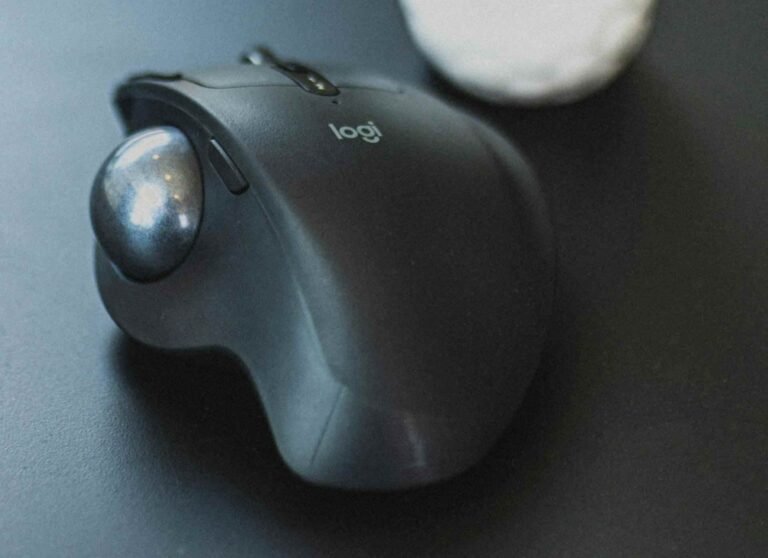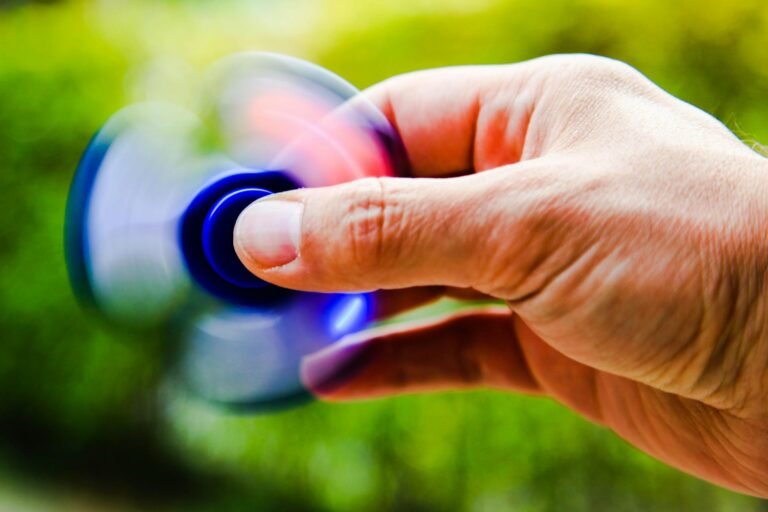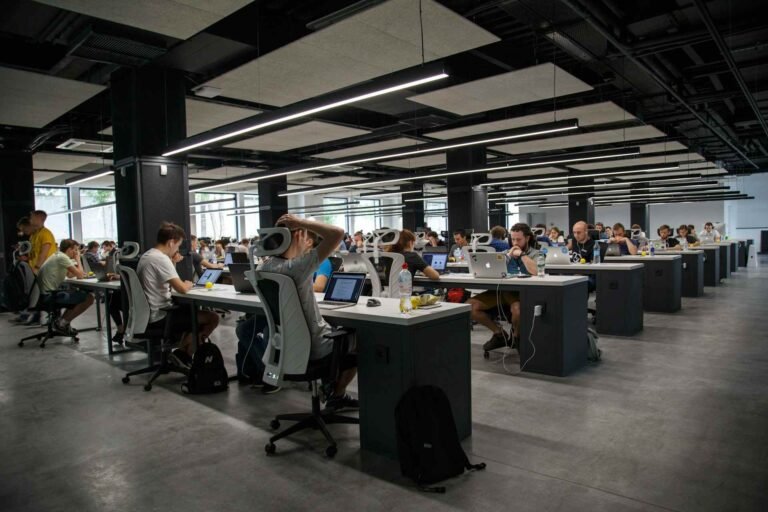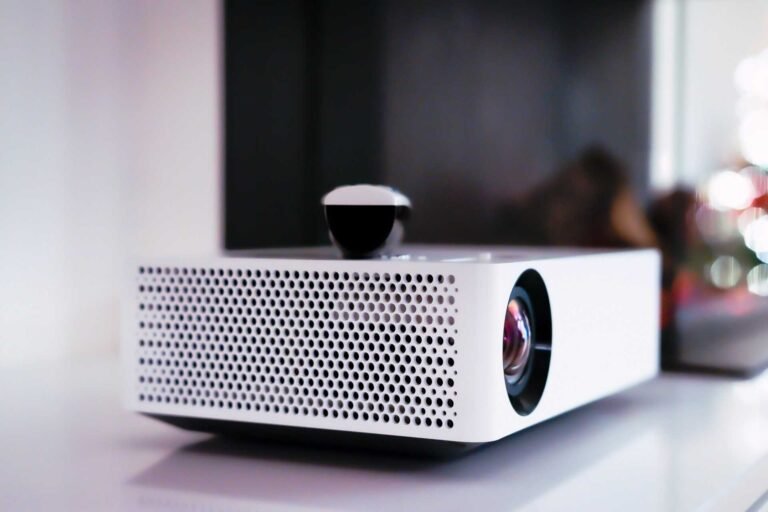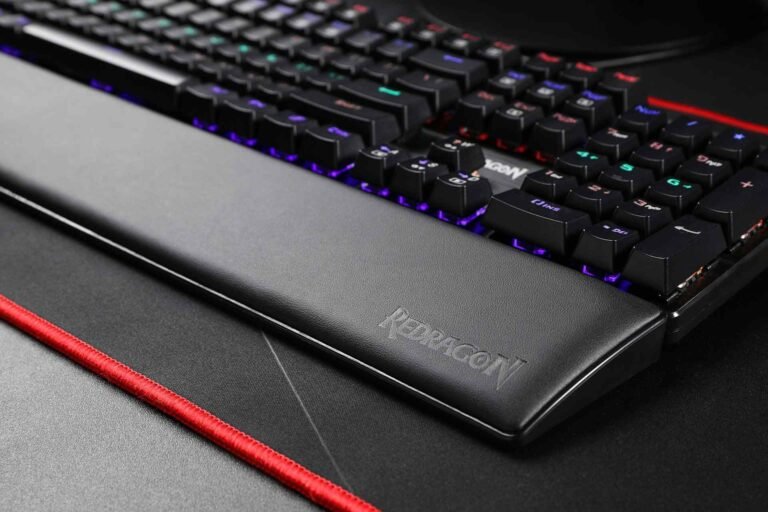The Best Office Temperature for Productivity: Finding Your Sweet Spot for Maximum Focus
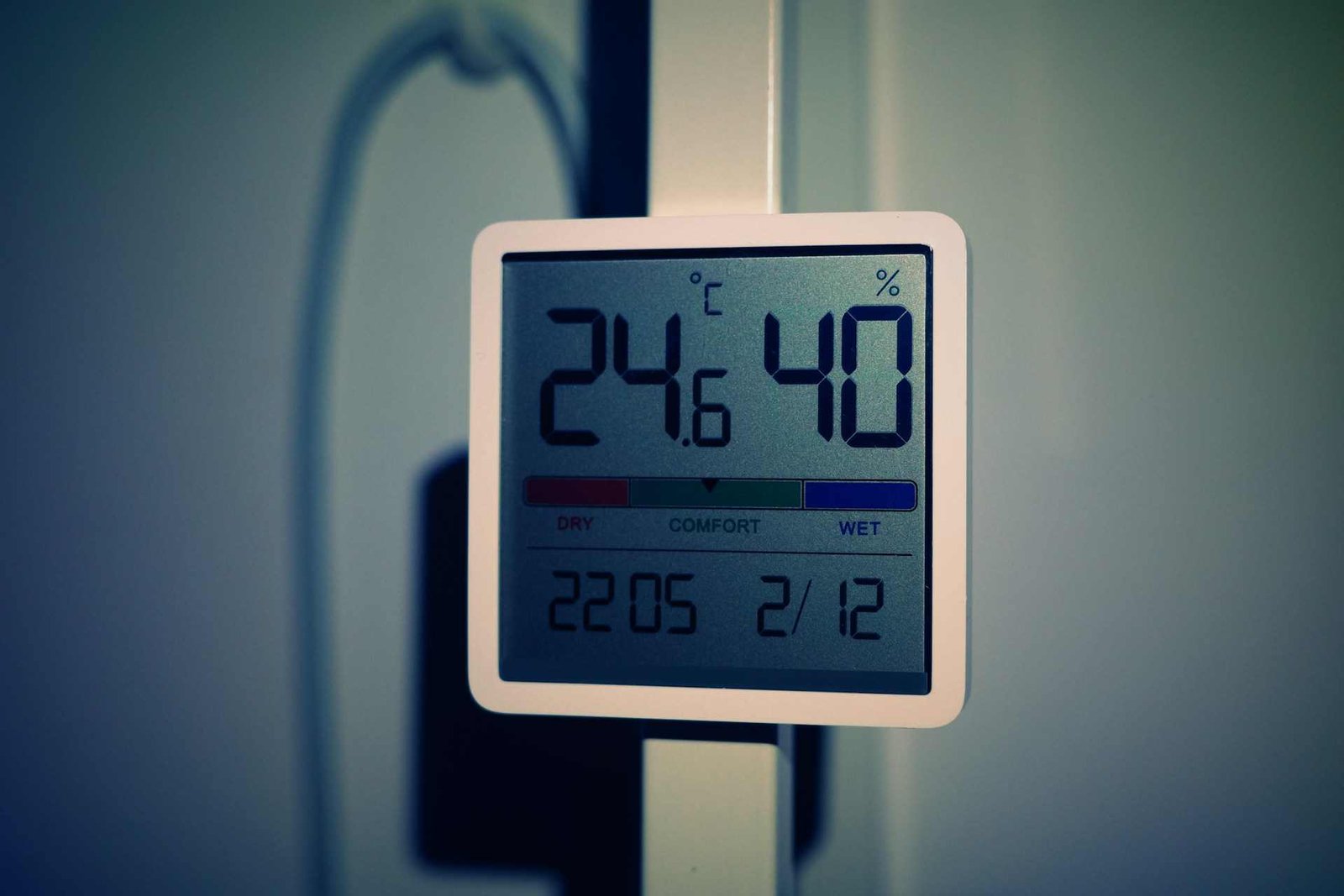
We’ve all been there, sitting at our desks, either shivering under a blanket or frantically fanning ourselves with whatever paperwork we can find. The eternal office temperature battle isn’t just about comfort; it’s about getting things done. When you’re too cold, your fingers move like frozen sausages across the keyboard. When you’re too hot, your brain feels like it’s melting faster than ice cream on a summer sidewalk.
The quest for the best office temperature for productivity isn’t just workplace folklore. It’s backed by science, psychology, and countless office wars fought over thermostats. Whether you’re working from home or trying to survive another day in a shared workspace, understanding how temperature affects your brain power can be the difference between crushing your to-do list and staring blankly at your screen.
Why Temperature Matters More Than You Think
Your body is basically a sophisticated machine that performs best within specific operating conditions. When the ambient temperature strays too far from your comfort zone, your brain starts dedicating precious resources to thermoregulation instead of that spreadsheet you’re supposed to finish.
Think about it this way: when you’re cold, your body goes into survival mode. Blood flow redirects away from your extremities (goodbye, nimble fingers), and your cognitive functions take a backseat to keeping your core warm. Conversely, when you’re overheating, your body works overtime to cool down, leaving less energy for complex thinking tasks.
The optimal office temperature isn’t just about preventing discomfort, it’s about creating an environment where your brain can fire on all cylinders. Research consistently shows that temperature fluctuations can impact everything from reaction time to creative problem-solving abilities.
Temperature and Brain Performance
Your brain is remarkably sensitive to temperature changes, even small ones you might not consciously notice. When environmental conditions shift outside your comfort range, several physiological changes occur that directly impact cognitive performance.
Temperature affects neurotransmitter function, particularly those responsible for attention and focus. Cooler temperatures tend to enhance alertness and can improve performance on tasks requiring sustained attention. However, there’s a tipping point where too much cold becomes counterproductive, as your body diverts energy toward warming itself.
Warmer temperatures, on the other hand, can boost creative thinking and collaborative behaviors. The relaxed state that moderate warmth induces can help with brainstorming and innovative problem-solving. But again, excessive heat quickly becomes a productivity killer as comfort gives way to sluggishness and irritability.
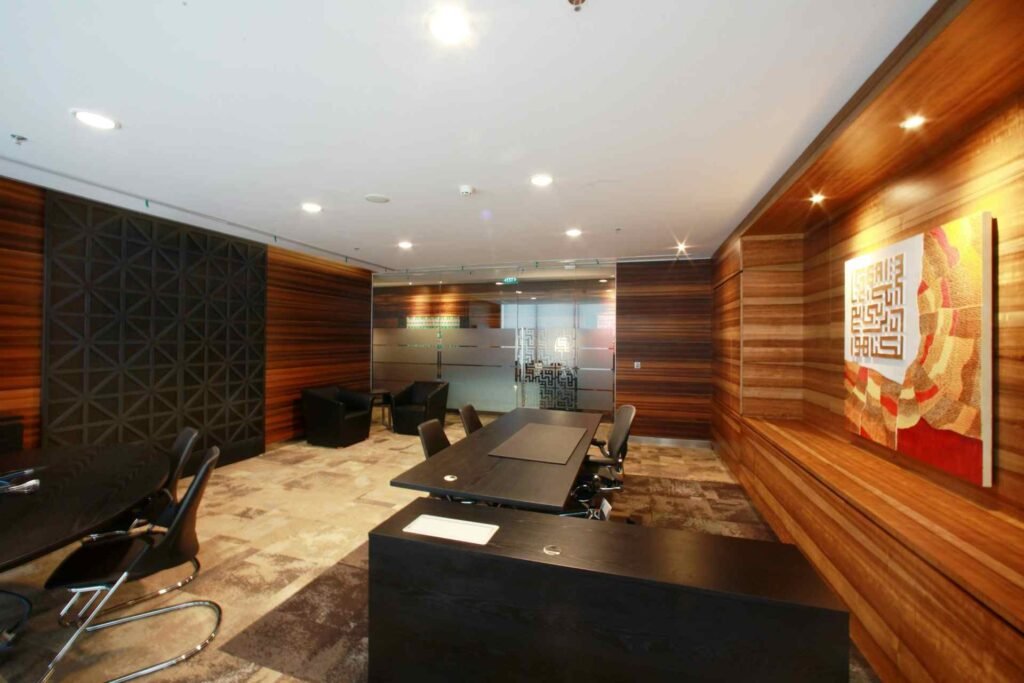
The relationship between temperature and productivity isn’t linear, it follows more of a bell curve. There’s a sweet spot where both physical comfort and mental acuity peak, creating the most productive temperature for getting work done efficiently.
What Research Tells Us About the Best Temperature for Work
Multiple studies have attempted to pin down the perfect office temperature, and while individual preferences vary, some clear patterns emerge from the data. Most research points to a range between 68°F and 76°F (20°C to 24°C) as the zone where most people perform their best cognitive work.
However, the type of work you’re doing matters significantly. Tasks requiring intense concentration and attention to detail often benefit from slightly cooler temperatures, typically around 68°F to 72°F. This range helps maintain alertness and prevents the drowsiness that can come with warmer conditions.
For creative work, collaborative sessions, or tasks requiring social interaction, slightly warmer temperatures in the 72°F to 76°F range tend to work better. The additional warmth can reduce social barriers and encourage more open communication and creative thinking.
One fascinating aspect of temperature research is how quickly productivity can decline outside the optimal range. Even a few degrees in either direction can measurably impact performance, with some studies showing productivity drops of 10% or more when temperatures stray significantly from ideal conditions.
| Task Type | Ideal Temperature Range | Why It Works |
|---|---|---|
| Data Entry & Analysis | 68°F – 71°F | Enhanced focus and reduced errors |
| Creative Work | 72°F – 75°F | Promotes relaxed, innovative thinking |
| Physical Tasks | 66°F – 70°F | Prevents overheating during movement |
| Meetings & Collaboration | 70°F – 74°F | Comfortable for group dynamics |
| Reading & Research | 68°F – 72°F | Maintains alertness over long periods |
Individual Factors That Influence Your Ideal Temperature
While research provides helpful guidelines, your personal best temperature for productivity depends on several individual factors. Age plays a significant role, younger people typically prefer slightly cooler temperatures, while older adults often feel more comfortable and productive in warmer environments.
Body composition also matters. People with higher muscle mass tend to generate more heat and prefer cooler temperatures, while those with less muscle mass or higher body fat percentages often feel more comfortable in warmer conditions. This biological reality explains why office temperature preferences can vary so dramatically between coworkers.
Clothing choices significantly impact your ideal working temperature. Someone wearing a heavy sweater will obviously prefer a cooler room than a colleague in a light cotton shirt. The key is finding a baseline temperature that works for most people while allowing individuals to adjust their personal comfort through clothing choices.

Metabolic rate varies throughout the day, which means your ideal temperature might shift as well. Most people tend to feel warmer in the afternoon as their metabolism peaks, while early morning and late evening often call for slightly warmer environments to maintain comfort and productivity.
Seasonal acclimatization is another factor often overlooked. Your body adapts to seasonal temperature changes, so what feels perfect in winter might feel too warm in summer, even at the same numerical temperature. This adaptation process can take several weeks, which explains why that first hot day of summer feels more oppressive than the same temperature later in the season.
Creating Your Perfect Productive Environment
Finding your ideal office temperature for productivity often requires some experimentation and fine-tuning. Start by paying attention to when you feel most alert and focused during your workday. Notice the temperature during these peak performance periods and try to replicate those conditions consistently.
If you’re working from home, you have the luxury of complete temperature control. Invest in a programmable thermostat that can automatically adjust throughout the day to match your energy patterns. Many people find they work best with slightly cooler temperatures in the morning when tackling complex tasks, followed by a gradual warming trend as the day progresses.
For shared office environments, the challenge becomes more complex. The optimal office temperature becomes a compromise between individual preferences. In these situations, focus on what you can control, your personal microenvironment. A small desk fan can provide personal cooling, while a light cardigan or heated seat cushion can add warmth without affecting others.
Lighting also plays a crucial role in how temperature affects productivity. Bright, cool lighting can make a room feel cooler and more energizing, while warm light can make the same temperature feel more comfortable and relaxing. The right desk lamp can help create the perfect ambiance for your work style.
Technology Solutions for Temperature Control
Modern technology offers numerous solutions for achieving and maintaining your optimal working temperature. Smart thermostats can learn your preferences and adjust automatically based on your schedule and the type of work you’re doing.
Personal heating and cooling devices have become increasingly sophisticated and energy-efficient. USB-powered fans and heaters can plug directly into your computer, creating a personal climate zone without affecting the entire room. Some advanced models even include timers and temperature sensors for automatic operation.
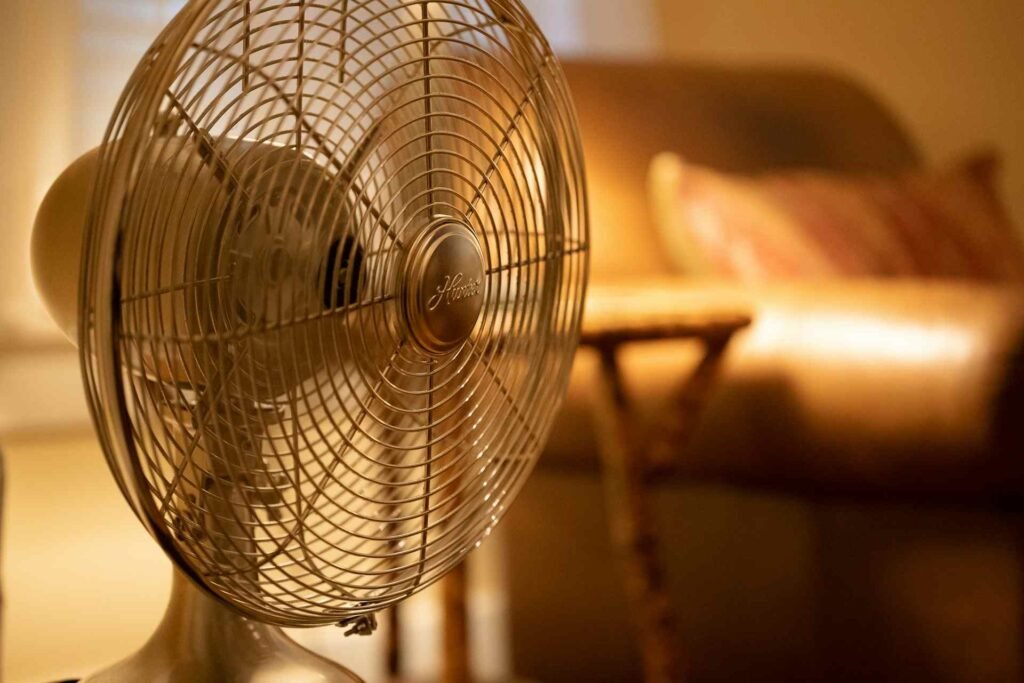
Motion sensing devices can help maintain ideal conditions by automatically adjusting when you enter or leave your workspace. This technology is particularly useful for home offices where you might not spend the entire day at your desk.
Seasonal Strategies for Year-Round Productivity
Maintaining the optimal office temperature for productivity requires different strategies throughout the year. Winter brings challenges with dry air from heating systems, which can make the same temperature feel less comfortable. Adding a humidifier to your workspace can help maintain the right balance of temperature and moisture for optimal comfort.
Summer cooling strategies go beyond just lowering the thermostat. Strategic use of fans, window coverings, and even the timing of heat-generating activities can help maintain ideal conditions without skyrocketing energy costs. Many productive people find that scheduling intensive computer work for cooler parts of the day helps maintain both comfort and efficiency.
Spring and fall often provide the most naturally comfortable working conditions, but they also bring rapid temperature fluctuations that can disrupt your established routines. Having flexible clothing options and backup heating or cooling solutions ensures you can maintain productivity regardless of sudden weather changes.
The Psychology of Temperature and Mood
Temperature doesn’t just affect physical comfort and cognitive performance, it also has profound effects on mood and emotional state, which directly impact productivity. Warmer temperatures tend to promote positive social interactions and collaborative feelings, while cooler temperatures can enhance focus but might also increase feelings of isolation.
Understanding these psychological effects helps explain why some people thrive in bustling, warm coffee shops while others need the cool, quiet solitude of a library to do their best work. The key is recognizing which thermal environment supports not just your cognitive abilities but also your emotional well-being.
Seasonal Affective Disorder and related conditions demonstrate how powerfully temperature and related environmental factors can influence our mental state. For some people, maintaining slightly warmer temperatures during darker months can help preserve both mood and productivity levels.
Building Temperature Awareness Into Your Routine
Developing sensitivity to how temperature affects your performance takes practice and attention. Start keeping a simple log of your productivity levels alongside the ambient temperature in your workspace. Over time, patterns will emerge that can guide your optimization efforts.
Many people discover they have different temperature preferences for different types of work. Administrative tasks might flow better in cooler conditions, while creative projects flourish in slightly warmer environments. Building this awareness allows you to schedule your work strategically or adjust your environment based on your daily agenda.
Wrist position and other ergonomic factors can also influence how temperature affects your comfort and productivity. Cold hands type less efficiently, while warm, relaxed muscles tend to maintain better posture throughout long work sessions.
Common Temperature Mistakes That Kill Productivity
One of the biggest mistakes people make is assuming that extremely cold temperatures will keep them alert and productive. While a slight chill can enhance focus, too much cold quickly becomes counterproductive as your body diverts energy to staying warm rather than thinking clearly.
Conversely, cranking up the heat to combat feeling sluggish usually backfires. Excessive warmth tends to increase drowsiness and reduce the motivation to tackle challenging tasks. The goal is finding the sweet spot where you feel alert but comfortable.
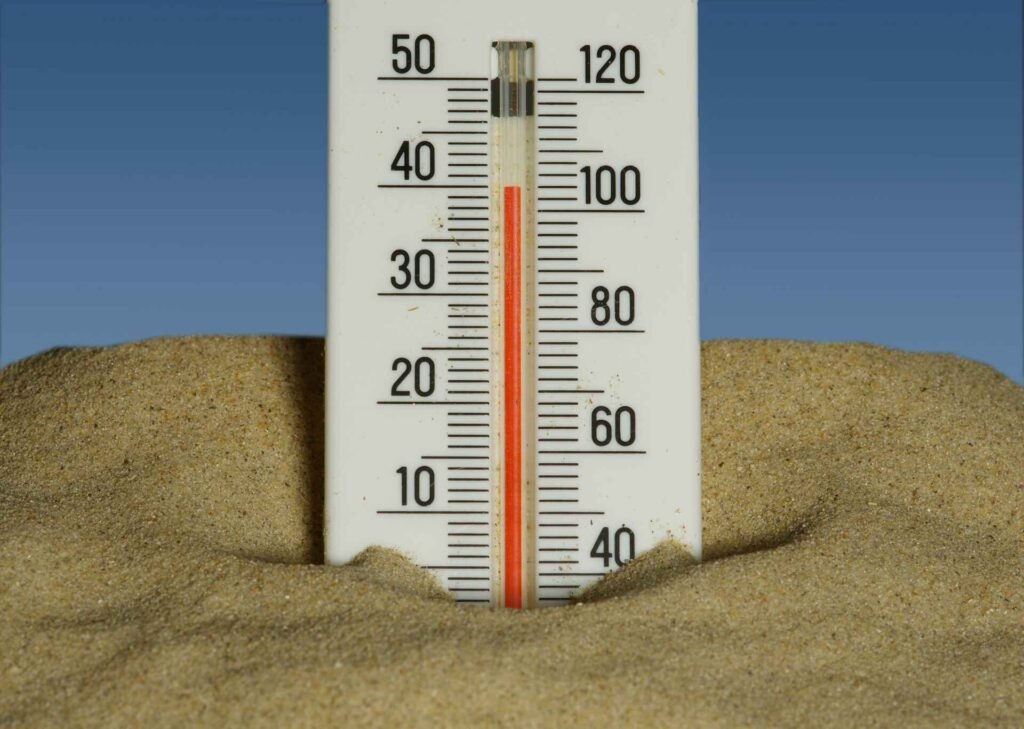
Ignoring humidity levels is another common oversight. Dry air can make any temperature feel less comfortable, while excessive humidity can make warm temperatures feel oppressive. The ideal relative humidity for productivity typically ranges from 40% to 60%.
Many people also fail to account for their clothing when setting temperature preferences. Wearing heavy clothing in a warm room or light clothing in a cool room forces your body to work harder to maintain thermal comfort, reducing the energy available for productive work.
Frequently Asked Questions
What is the best office temperature for productivity?
The best office temperature for productivity generally falls between 68°F and 76°F (20°C to 24°C), with most people performing optimally around 70°F to 72°F. However, individual preferences vary based on factors like age, body composition, clothing, and the type of work being performed.
Does temperature really affect work performance?
Yes, temperature significantly affects cognitive performance. Research shows that productivity can drop by 10% or more when temperatures stray too far from optimal ranges. Temperature affects everything from reaction time and accuracy to creative thinking and problem-solving abilities.
Should office temperature be the same year-round?
While consistency helps, slight seasonal adjustments often improve comfort and productivity. Many people prefer temperatures 1-2 degrees warmer in winter and slightly cooler in summer due to seasonal acclimatization and different clothing choices.
How do I find my personal ideal temperature?
Track your productivity and comfort levels at different temperatures over several weeks. Note when you feel most alert and focused, and try to identify patterns. Consider factors like the time of day, type of work, and what you’re wearing when making these observations.
What if I can’t control my office temperature?
Focus on personal solutions like adjustable clothing layers, small desk fans or heaters, and optimizing your immediate workspace. Strategic positioning relative to vents, windows, and heat sources can also help create a more comfortable microenvironment.
Why do some people always feel cold or hot in offices?
Individual differences in metabolism, body composition, age, and health conditions significantly affect temperature preferences. What feels perfect to one person might be uncomfortable for another, which is why personal adaptation strategies are often more effective than trying to find a universal solution.
Finding Your Temperature Sweet Spot
The journey to discovering your perfect office temperature is deeply personal and surprisingly rewarding. It’s about more than just comfort, it’s about creating an environment where your mind can operate at peak efficiency while your body remains relaxed and content.
Remember that finding your ideal temperature isn’t a one-time task but an ongoing process of observation and adjustment. Your needs might change with the seasons, your work demands, or even your life circumstances. The key is staying attuned to how environmental factors affect your performance and being willing to make small changes that yield big productivity gains.
Whether you’re cranking up the AC to power through a complex analysis or adding a cozy layer for a creative brainstorming session, the right temperature is the one that helps you do your best work.
Looking for more? Check out our productivity tools category for more articles and guides that may interest you!
Featured image credit: Photo by 022 873 on Unsplash
This content is for informational purposes only. Please verify current information directly on the retailer’s site before purchasing.
References:
Jose Ali Porras-Salazar, Stefano Schiavon, Pawel Wargocki, Toby Cheung, Kwok Wai Tham. Meta-analysis of 35 studies examining the effect of indoor temperature on office work performance, Building and Environment, Volume 203, 2021, 108037, ISSN 0360-1323. https://doi.org/10.1016/j.buildenv.2021.108037
Vimalanathan K, Ramesh Babu T. The effect of indoor office environment on the work performance, health and well-being of office workers. J Environ Health Sci Eng. 2014 Aug 9;12:113. https://doi.org/10.1186/s40201-014-0113-7
Xi Lin, Chao Guo, Pawel Wargocki, Shin-ichi Tanabe, Kwok Wai Tham, Li Lan. The effects of temperature on work performance in the typical office environment: A meta-analysis of the current evidence, Building and Environment, Volume 269, 2025, 112488, ISSN 0360-1323. https://doi.org/10.1016/j.buildenv.2024.112488

